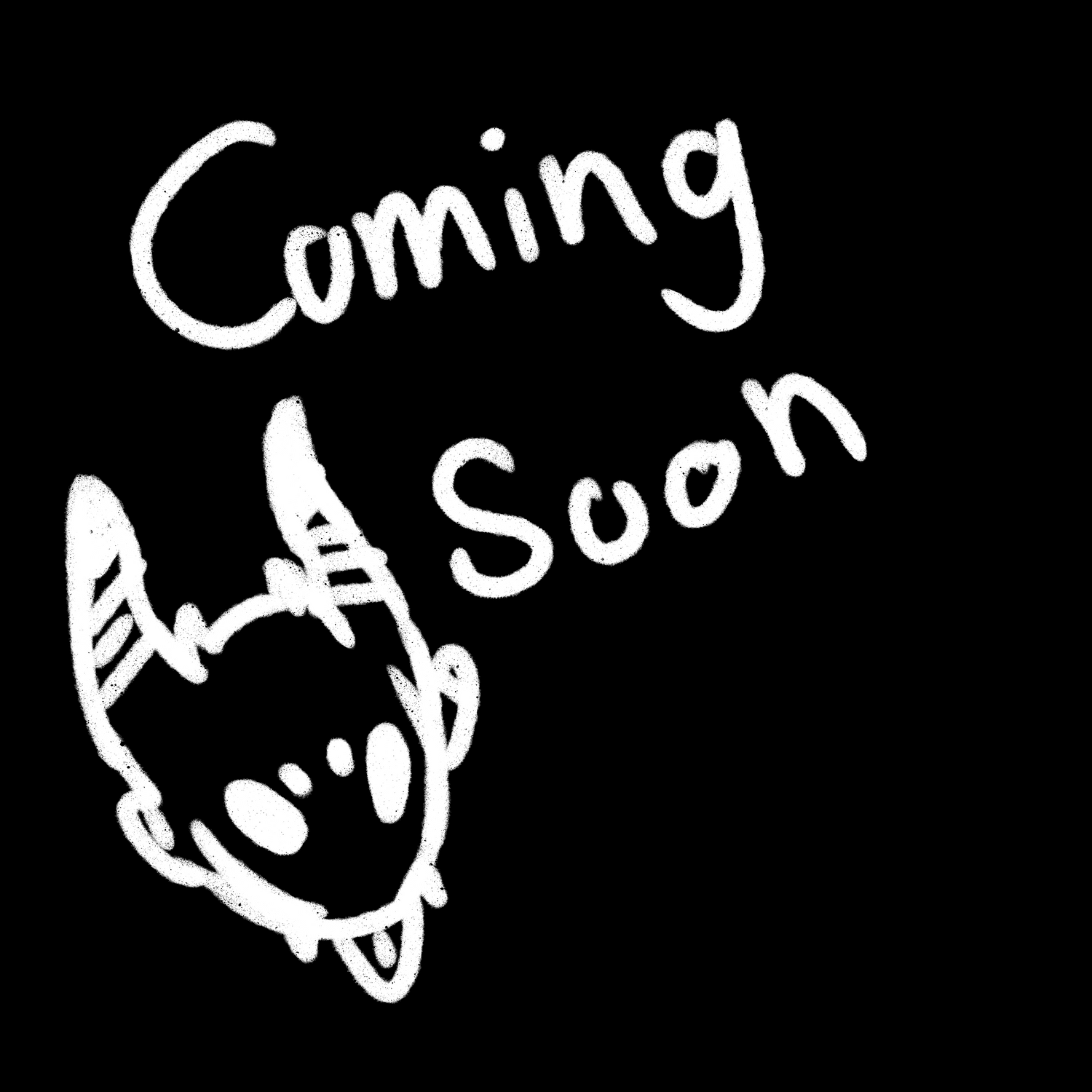Leopard Gecko
Eublepharis macularius
Leopard Geckos are a ground-dwelling gecko species native to the deserts of Afghanistan, Iran, Pakistan, India, and Nepal. In captivity these Geckos can live up to 10 - 20 years and reach a size of 7 - 11 inches with the males being larger. These Geckos make excellent pets when properly cared for and are known for their cute faces.

Temperament
Leopard Geckos are quite the livly and curious types and are commonly seen at the evenings and night exploreing their enslclosure or watching you. Leopard Geckos may be skittish to handling at first but can be trained to be more tolerant to frequent handlings. Every Gecko is different so some may be more tolerant than others, stop handling if the Gecko becomes too stressed as it may bite or drop its tail.
Husbandry
-
Temperature
95 - 100 degrees Fahrenheit Basking Spot
90 - 93 degrees Fahrenheit Warm Side
70 - 75 degrees Fahrenheit Cool Side
65 - 70 degrees Fahrenheit as Night
Heat should be supplied via a basking bulb such as a halogen or incandescent light. Ceramic heaters can be used at night if tempatures fall below 65 degrees Fahrenheit. Be sure to have thermometers at each side to properly track tempatures.
-
Humidity
LOW - 30 - 40%
As desert dwellers these Geckos do not need high ambient humidity in their enclosure and no misting is needed. However a Humid Hide should be in the enclosure with a humidty range between
70 - 80% to ensure proper shedding. Be sure to clean the Humid Hide often.
-
Lighting
5% UVB
While UVB is not nescesarliy needed for Leopard Geckos it doesn't hurt to supply them with some via a low wattage UVB bulb. The lights should stay on for 12 hours and off for 12 hours.
-
Enclosure
Leopard Geckos thrive in a terrestrial set-up based on Arid envrioments. The enclosure should be wider/longer than tall and offer lots of space for a proper tempature range and enrichment. A 20 gallon tank (30x12x12 in) can house an Adult just fine however a 40 gallon tank (36x16x18 in) is ideal. The lid should be semi screened to allow airflow while maintaining high tempatures. Be sure to have at least one hide for each tempature range.
-
Handling
Leopard Geckos are quite docile and are more open to handling than others however its a slow process to build trust with the Gecko. Be sure to watch for signs of stress while handling your Gecko and be sure to stop handling and let your Gecko relax. If handled too much the Gecko may bite or drop its tail which WILL grow back however its a long process and there is a chance of infection if not cleaned and maintained properly.
-

Feeding your Gecko
Primarily Insectivores

Feeding Schedule
Leopard Geckos thrive on a varied diet of insects!
Feeding frequency depends on the Gecko's age and weight. Juveiniles should be fed everyday, young adults every other/ every 3 days, and adults should be fed every 5 days if their tail is thicker than their neck. Monitoring the Leopard Gecko's tail is a good way to determine how much you should be feeding, if the tail is plump and a bit thicker than the neck then they are in the ideal weight range.

Supplement Schedule
Dumpies should be given three kinds of supplements in rotation:
Calcium
Calicum with Vitamin D
Multivitamins
Adult frogs should be given dusted insects every two days, juvieniles every other day, and hatchlings should be given calicum powder every feeding to ensure proper growth. Calcium with Vitamin D is ideal to avoid Metabolic Bone Disease (MBD) however it must be fed in rotation with regular Calcium as Vitamin D can cause problems if given too much.
Staple Feeders
Leopard Geckos can thrive on staple feeders such as: Dubia Roaches, Crickets, Mealworms, Hornworms, and Silkworms however the latter is hard to find but super nutritious.
Waxworms can be given as a the occasional treat however, AVOID giving your Gecko: Superworms, Butterworms, and Millipedes.
Insects should NEVER be wild caught and bought from local reptile shows or stores in person or online. Gutload insects before feeding and make sure the insects are NOT larger than the space between the Gecko's eyes.

Caption
Row
Pair text with an image to focus on your chosen product, collection, or blog post. Add details on availability, style, or even provide a review.
Sources
All information has been gathered from the following:
Josh's Frogs
Reptifiles
Zilla
Zen Habitats

